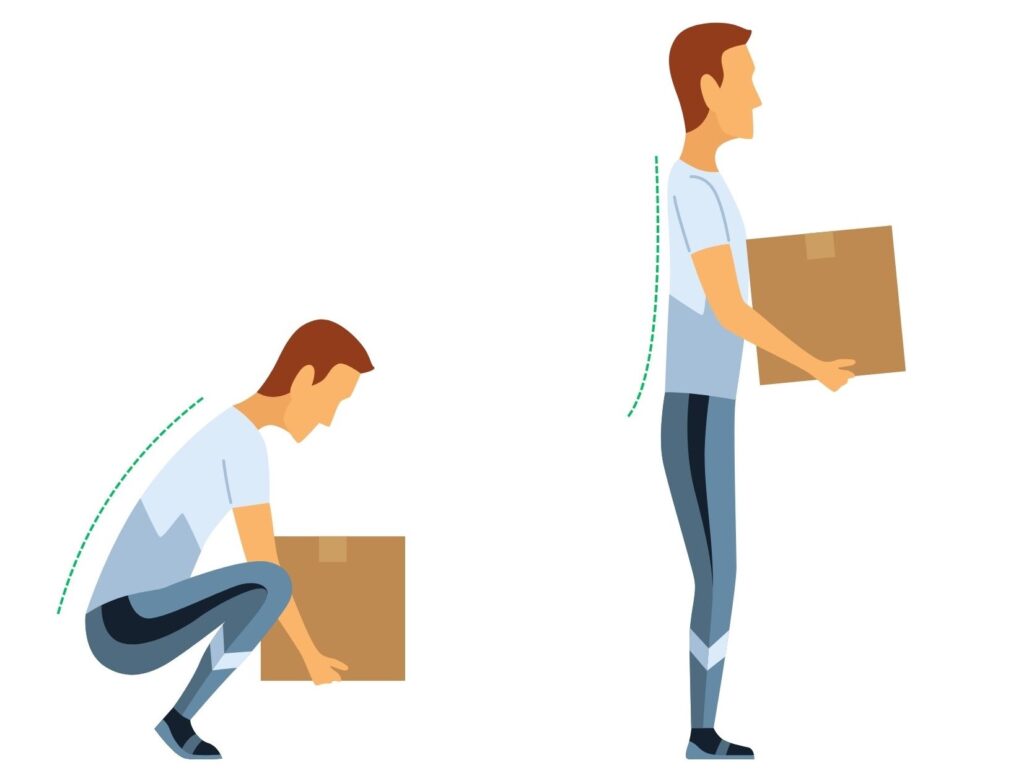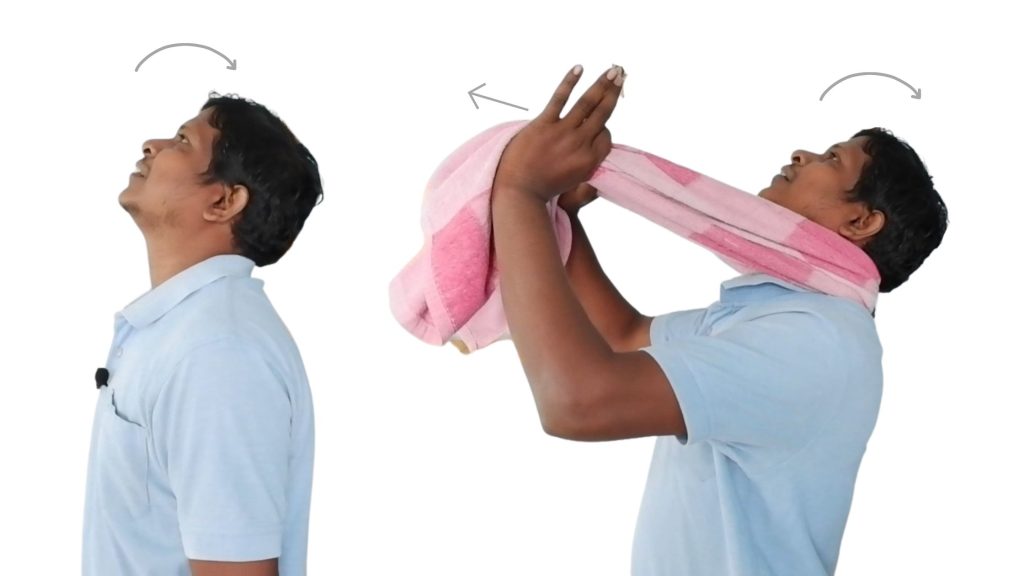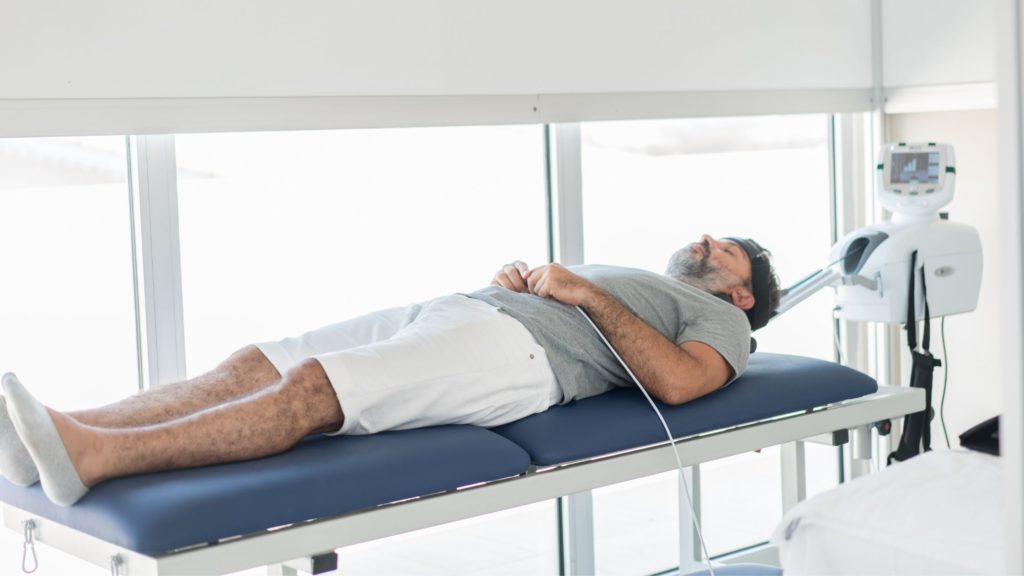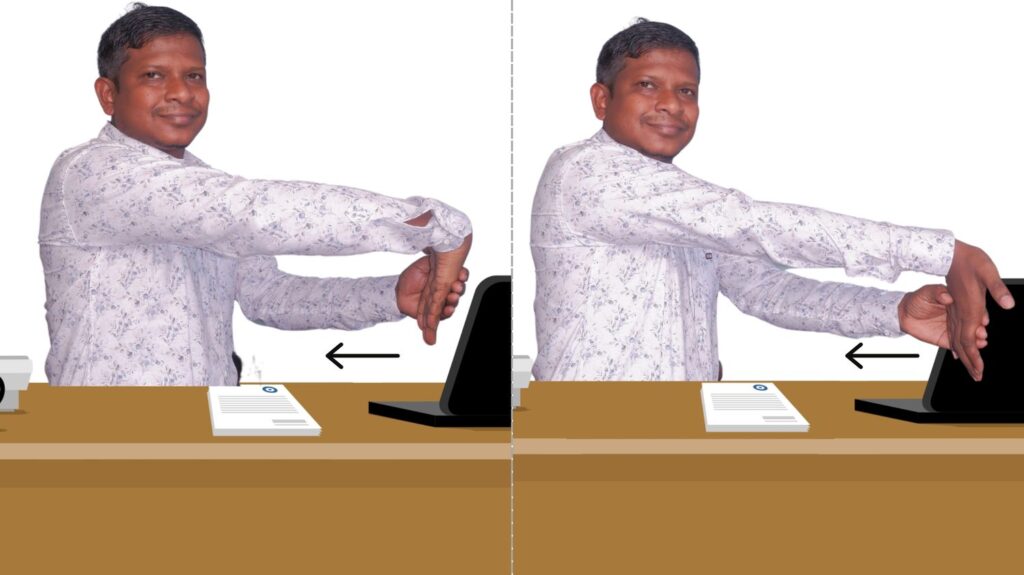Ergonomic Desk Height Calculator
Your Ergonomic Setup Measurements
Guide to desk height calculator for perfect working desk height
All these calculations are based on your body height. So, enter the following information:
- In the first input, please provide your height while wearing the shoe; it can be in feet or centimetres.
- You can change the unit to your desired one in centimetres or feet.
- Press the calculate button after the required input information is in the field.
This will give an output range at which you should adjust the chair, desk, and monitor heights.
The ergonomic rule for determining the perfect height for your desk
This online calculator follows standard ergonomic rules. The height of your chair, the height of your desk, and the height of your monitor should be such that your body lies in a particular position.
So, let me tell you what the ideal position of your body joints is when sitting in an ergonomically friendly position.
- The foot should rest flat on the floor.
- Your knee should be at 90 degrees of bending position.
- Hips should be at 90 degrees and
- The lower back and your trunk should be straight.
- When working on the mouse, your arm should rest comfortably on the armrest so that the elbow forms a 100-degree angle.
- The monitor’s height should be such that the upper end should lie at eye level so you don’t have to bend your neck forward to work on your monitor.
So, whatever your height is, when you input it in the input field of this desk height calculator, it generates a result indicating the appropriate height of the chair, the monitor, and the desk so that these economic-friendly rules apply.
Why ergonomic desk height is important
Sitting on an organically designed desktop or workstation is essential when working at your workplace. Not following ergonomically friendly guidelines can cause many muscular-skeletal issues, creating chronic conditions and decreasing productivity.
An ergonomically designed workstation involves the proper height of the chair, desk, and monitor according to your body height. You can use this online desk Height calculator to make your desk job ergonomically friendly and increase productivity. This is especially important if you must work long hours sitting at a desk.
Musculoskeletal Health Risks Associated with Prolonged Sitting
In one of my previous articles, I covered how sitting all day can negatively impact your musculoskeletal health. This creates neck and lower back pain but can also cause issues in your wrist joint if you continuously work on your mouse. One of the issues is carpal tunnel syndrome, in which you will feel numbness, tingling and numbness in your palm with pain at your wrist joint.
Tips for Increasing Productivity and Decreasing Musculoskeletal Pain
1) Taking Breaks Every 30 Minutes
Once you have adjusted your workstation ergonomically, follow a few tips to increase your productivity and decrease muscular-skeletal pain. One study found that taking a break every 30 minutes and 2 minutes of walk is enough for healthy muscles.
This is possible. For example, you can leave your chair every 30 minutes and go to the toilet. If frequently going to the bathroom is not possible in a workspace, you can make a round around your table.
3) Stretching Exercises for Neck Pain
In my clinical setup, I have found that neck pain is one of the most common muscular-skeletal pains people complain about when working long hours on a computer or laptop. This also affects studying.
So, once again, I suggest they take a break every 30 minutes and do the next tracking exercise. This stretching exercise is straightforward, and you don’t have to leave your chair to perform it. You can perform it while on your desk.
4) Using a Mouse Pad for Wrist Support
Working on your mouse: As I have previously discussed, one of the most common issues software professionals suffer from is carpal tunnel syndrome. We highly recommend using a mouse pad to rest your wrist joint while working on your mouse.
An innovative product, “Vrist”, can make wrist and forearm movement smooth and frictionless while using a mouse. This wrist support is fixed with rollers at the bottom, so when you place your wrist on it while holding the mouse, you don’t have to put effort into moving it. The rollers give rest to your wrist, reducing pain.
5) Eye Exercises for Eye Health and Productivity
Working long hours before a computer screen can cause eye fatigue, also known as computer vision syndrome (CVS). The symptoms of CVS include eyestrain, dry eyes, headaches, blurred vision, and neck and shoulder pain.
To improve eye health and productivity, taking regular breaks from screen time is essential. The American Optometric Association recommends the 20-20-20 rule, which involves taking a 20-second break every 20 minutes and looking at something 20 feet away. This can help reduce eye strain and improve focus.
Adjusting the lighting in your workspace can also help reduce eye strain. Position your computer screen so that it doesn’t create a glare on your eyes, and make sure the room is well-lit but not too bright. Using an anti-glare screen filter can also help reduce eye strain. You can also follow eye exercises to reduce strain.
The author is a physiotherapist who has been practising for the last 17 years. He holds a Bachelor's in Physiotherapy (BPT) from SVNIRTAR (Swami Vivekananda National Institute of Rehabilitation and Research), one of the prestigious physiotherapy schools in India.
Whatever he learns dealing with his patient, he shares it with the world through blogs and e-books. He also owns a YouTube channel, "Sunit Physiotherapist" with over 8 lakh active subscribers. Here, he shares everything he gets to learn serving the patient.





